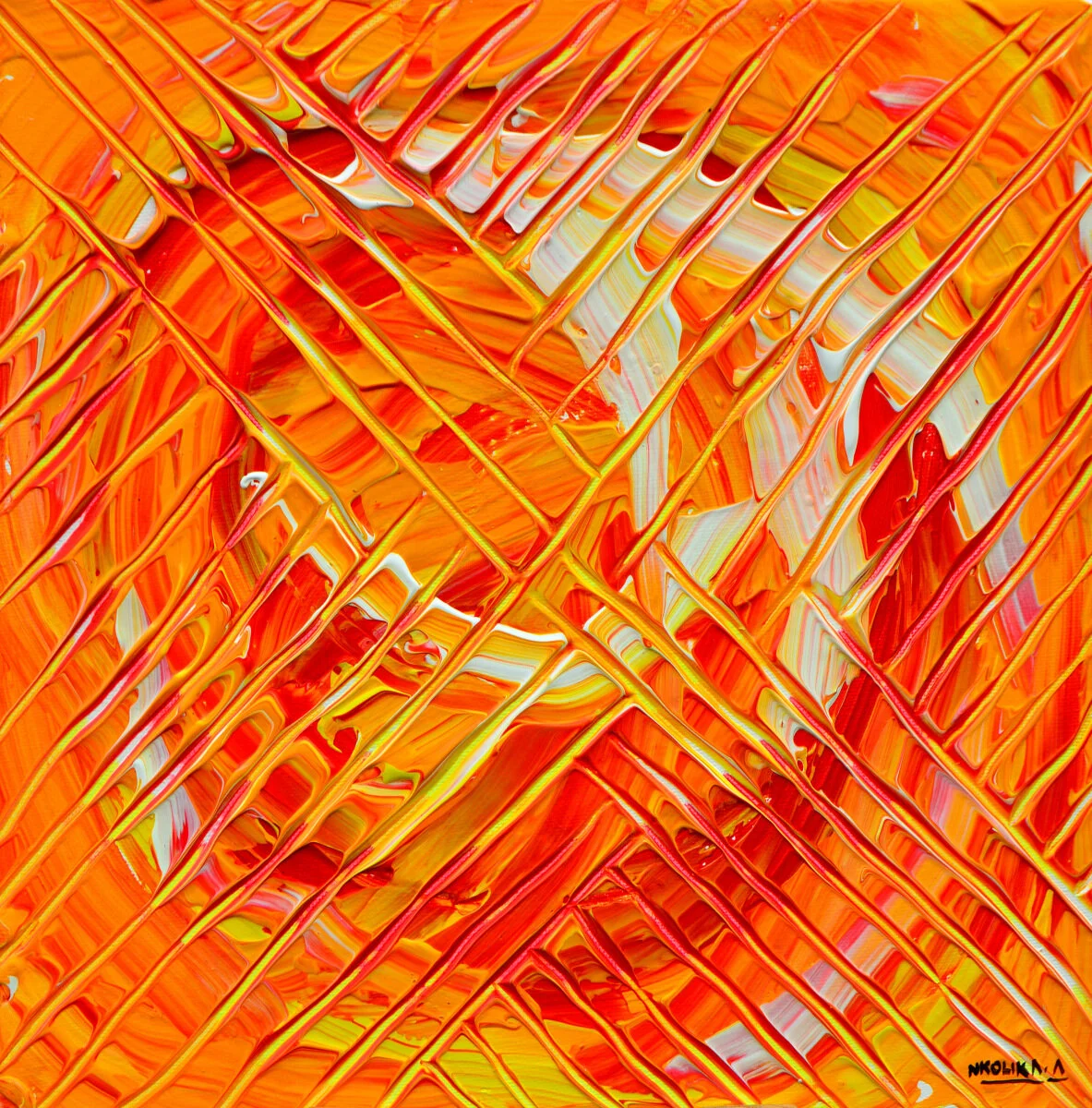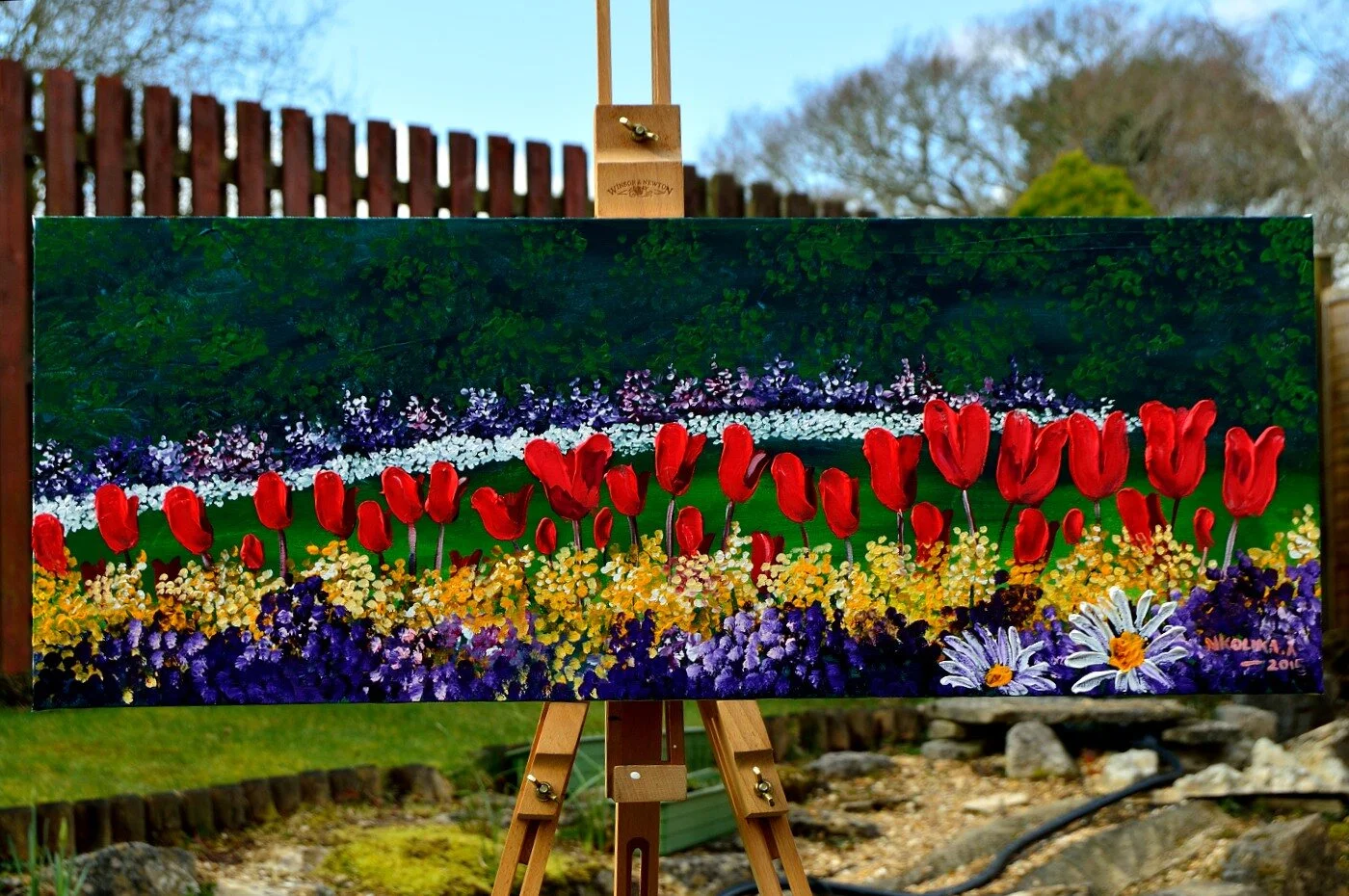Oil Painting Of An Elephant: Step 2
WELCOME TO STEP 2 OF THE OIL PAINTING OF AN ELEPHANT.
I started off previously in Oil Painting of an Elephant: Step 1 by making an initial sketch on canvas using a charcoal pencil and fixing it with a fixative.
After the sketch, I made a monochrome under-painting with Prussian blue and left it to dry. Now I am going to use the Glaze Technique to finish the painting.
Glazing is an Oil painting technique that involves the application of several thin washes of transparent colours on each other.
The previous layer has to be dry before you apply the next.
The colours qualify each other and mix in the eye thus producing a richness that one colour or mixture of colours cannot produce. I am using Liquin as my diluent.
After making the monochrome underpainting, I applied a thin glaze mixture of raw sienna + burnt sienna + cadmium yellow pale hue. Mixing my paints with liquin in a ratio of 1:3.
Sorry about the poor picture quality. At least I hope you can see what I have achieved so far.
The monochrome underpainting has given the painting a solid structure and all I'll be doing is to apply thin layers of paint to keep enhancing the painting.
Like I pointed out in Step 1; this is the first time I am painting an elephant, so I am also learning as I go on.











